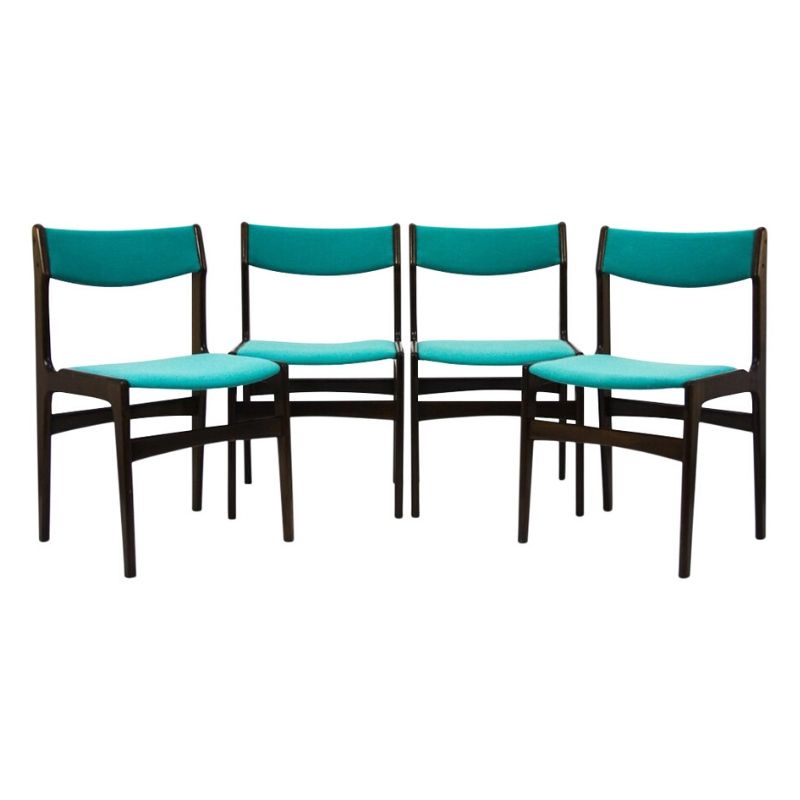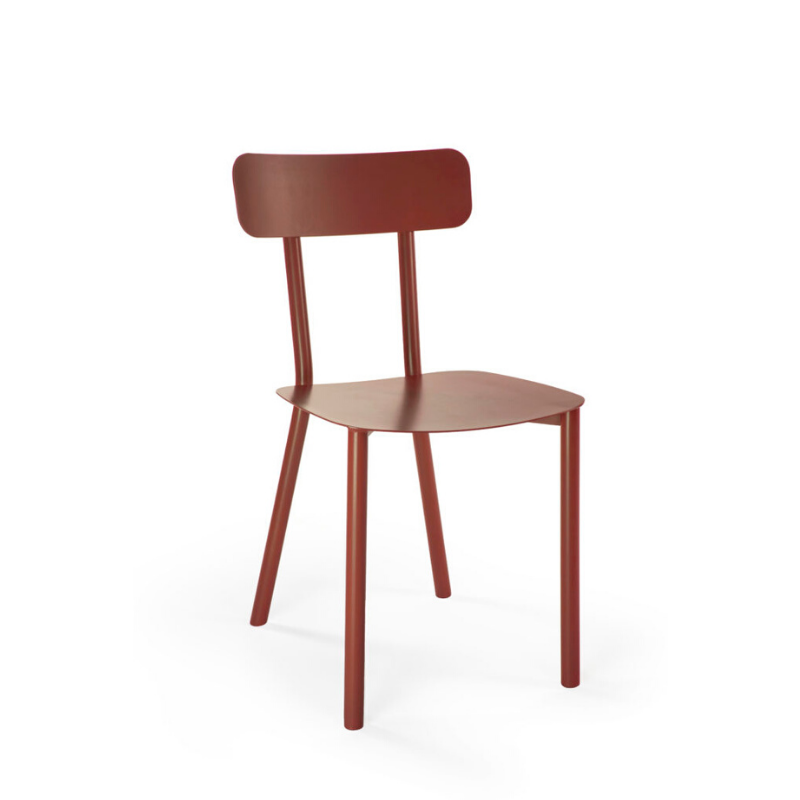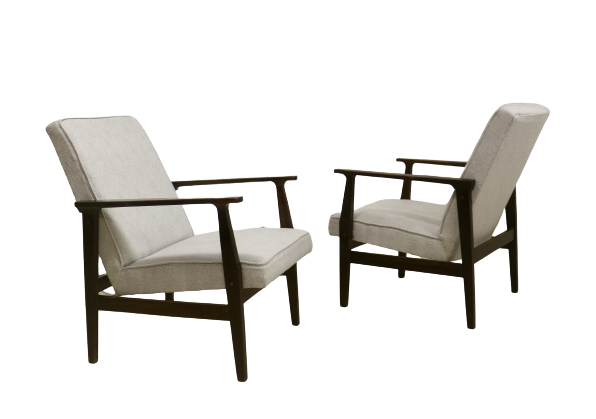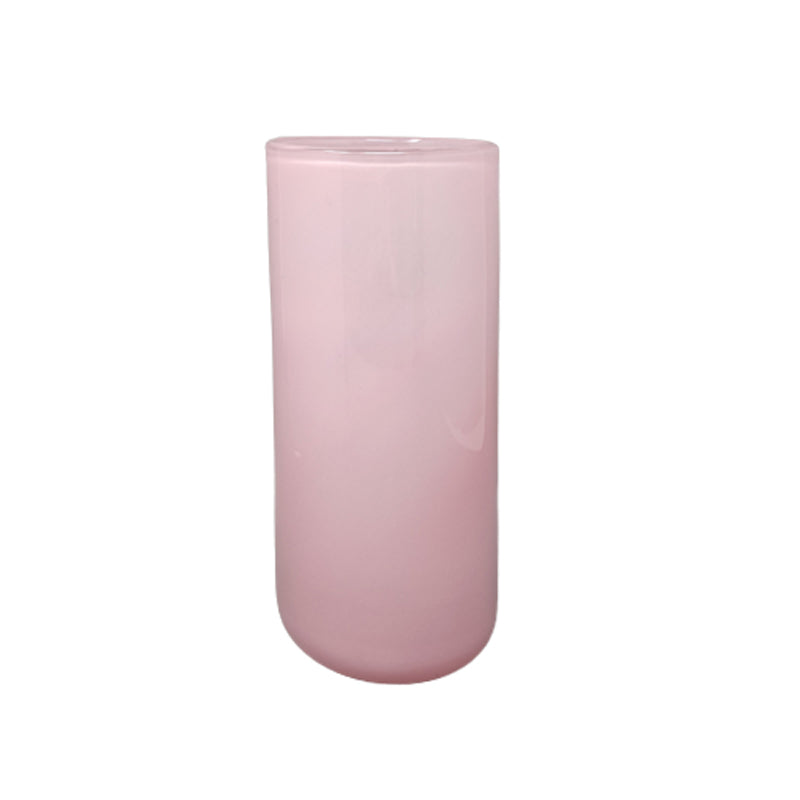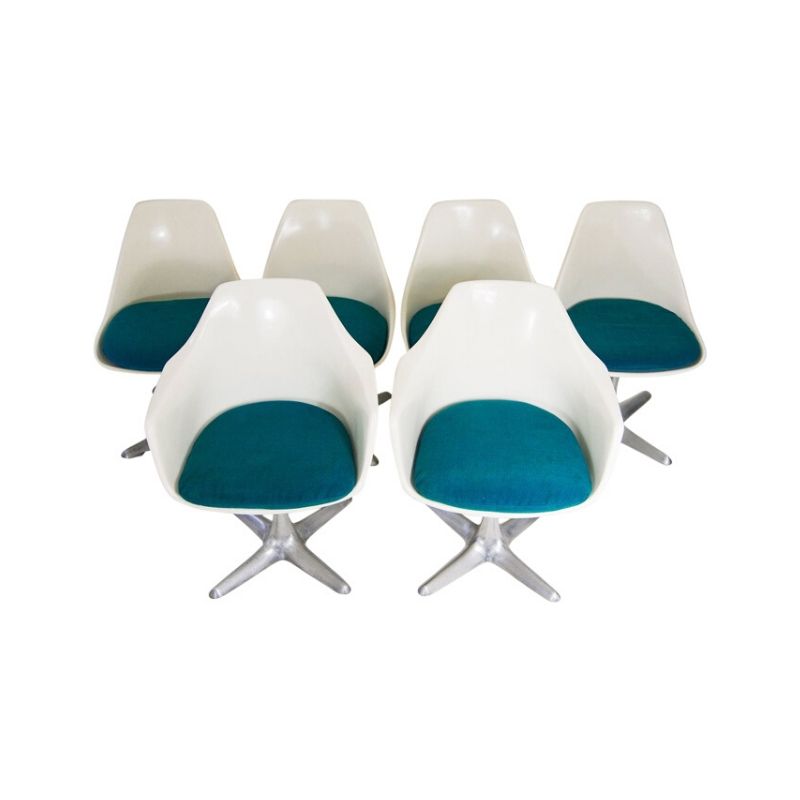OK - So between two different places I have acquired a matching set of two Grete Jalk end tables with the long coffee table as well. Problem is... only one of them is totally perfect. One of the end tables and the coffee table had water damage to the tops and the previous owner painted the tops white. He had told me it was pretty serious and I'm a little intimated about what may lie beneath. That being said, I really really want to see them restored to their beautiful teak selves.
Does anyone have an experience refinishing or extensive knowledge about these tables? Are they solid teak or veneer? Is it possible for to have the top veneer replaced (and what would be a really rough cost for that)?
Any info helps. Thanks!
P.S. They aren't marked, but they are of the upturned lip type produced by Glostrup I believe. My set is the same as the ones pictured below.

The side tables,
are solid teak. The coffee table has a veneered top.
I imagine the first step it to remove the paint off the top and see what you're dealing with.
Waffle, after you refinished your table, did you apply any wax? I have the side table and it lost a fair bit of its lovely sheen after I sanded and oiled it...for some reason I'm hesitant to apply any waxes...
Oxalic acid.
You can buy the crystals in any good paint store. It can be effective on blue/black stains resulting from the reaction between iron, water, and the natural tannins in wood. Something like India ink, though, is permanent.
Solange, what's the worry about applying wax? I almost always recommend it.
For matching the finish
I'm getting very excited about the prospects for my tables. Anything is better than the white paint, even if some of the damage remains.
After removing the paint and using the oxalic acid process what should I used for the finish? I really would like to get it as close as possible. Would rubbing it down with teak oil a couple of times and applying Howards Feed-N-Wax get me there?
You won't know if
treating any stains is necessary until the pieces are stripped. I like the old tried-and-true nasty methylene chloride-based strippers, but there are alternatives such as citrus-based that are popular.
I don't know with what the tables were originally finished, but any of the "Danish" oil finishes should do the trick.
I'm a big fan of the...
I'm a big fan of the Howard's products: Restore-a-Finish then Feed-N-Wax if you are reconditioning an older oil finish, or just plain Feed-N-Wax if the wood is unfinished or sanded bare.
While the experienced woodworkers on this board might prefer to mix their own oil/wax brews, I have not yet found any downside to the prepared Feed-N-Wax (besides the goofy-sounding name). As a bonus, I find the orange oil aroma much more pleasing to work with versus the "Danish Teak Oil" or boiled linseed oil chemical smells of other products. The orange aroma dissipates after a day or two.
I've used Feed-N-Wax on oak, teak, rosewood, and mutenye with all good results.
tktoo,
I'm not entirely certain why I'm so reluctant...perhaps I've been misinformed about "wax build up", or maybe I'm confusing wax with varnish as being a no-no for teak.
I would like to add a little mellow sheen and a little protection to the surface.
My one attempt at doing so involved using pure tung oil (with no drying agents), leaving 2 or 3 days drying time between coats and superfine sanding in between on a teak desk top. 4 coats and almost 2 weeks later and I ended up with a gummy mess I had to sand off.
I will most certainly investigate a good paste wax...I'm tired of my coasters needing coasters...
cdsilva: I too, am a fan of Howard's products. Not convinced they are the best quality, but facility of use, what appears to be a good result, and orange scent are a bonus.
cd, I'm not familiar with the Howard's products,
but I'm a firm believer in sticking with what you know works for you. I was trained as a painter back when they still taught traditional techniques and formulas. For me, there will always be something completely seductive in the combined aromas of stand oil, turpentine, and damar. If Van Gogh did indeed eat his paint, I can understand why.
Solange, when I first started out in museums, I was told by conservators that regular waxing of furniture is the easiest and best first-line preservative treatment possible. Yes, it can build up if it is improperly mixed or applied, but it is also simple to remove and most of the commercially available paste waxes are of good quality now. Cheesecloth makes a good applicator and horsehair shoe brushes buff into corners and carving where buildup can often occur, and an annual waxing is a good way to catch any damage or loose joints that may have otherwise gone unnoticed. The best part, though, is that wood furniture just looks and feels better when waxed.
Some bad news.
So I've stripped the tops of the Jalk tables. On the end table there is an area where the veneer was sanded through to the plywood backing. On the coffee table there are areas of missing veneer on two of the corners.
I'm thinking of maybe some temporary fixes and looking at getting the veneer replaced eventually. What's the next step for these two?
If you need any help, please contact us at – info@designaddict.com



